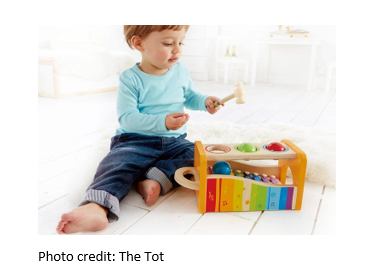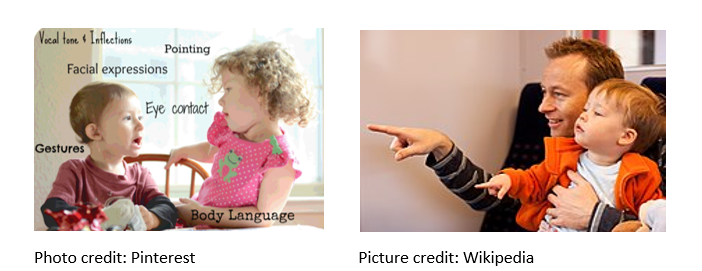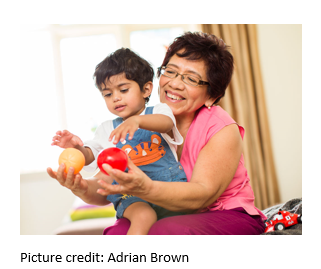Speech therapy tips for non-verbal children
Speech therapy tips for non-verbal children
Non verbal therapy techniques, As a parent of a child the biggest challenges you could face relates to understanding your child’s wants and needs.
- A parent wants nothing more in this world than to be able to know when the child is hungry and what they would like to eat or when they need some extra attention and comforting.
- One might struggle to tell whether the child is amused with the things going on around them or scared and bewildered.
- One might find themselves unsure of whether the child feels comfortable and secure in an unfamiliar environment or anxious and apprehensive.
- Without knowing when the child is hungry or cold or feeling insecure or frightened, it might feel impossible to be the best parent you can be.
- For many parents, this is a scary situation that comes with a lot of worry. But if a child is non-verbal the challenges increase. This could easily become something that keeps a parent up at night.
- New breakthroughs have shown that one can actually use non-verbal methods as a way to begin encouraging the child to use word and in the meantime develop effective strategies for figuring out what they want and need.
- It’s always important to remember that no two children are the same.
- A strategy that works for one child, might not work for another. But there are some tried and tested techniques parents can use to get through to a non-verbal child, and just as importantly, to help the child convey their needs and desires to parents.
Non verbal therapy techniques
Below you will find some strategies that are most effective in fostering communication with a non-verbal child:
Nonverbal Communication is a bridge to language development
- While speaking is the goal for many parents, many children can find equally effective ways to communicate non-verbally.
- In fact, many of these non-verbal communications, like hand gestures and eye contact, are the building blocks for language.
- So, it’s important to encourage their development as a precursor to speech.
- Be sure to model these behaviors for the child by exaggerating your own hand gestures and making it easy for your child to copy you.
- When you want your child to pick up a toy, don’t just ask them, but point to the toy with your hand and nod “yes” when they select the right one.
- Clapping, holding out your arms, and opening your hands are universally recognized gestures even a young, non-verbal child is likely to be able to understand.
Tips for teaching non verbal kids
Play and Social Interaction create lots of opportunities to describe things
- Your child will have plenty of opportunities to learn and interact socially through play.
- Playing games your child enjoys, especially those involving sorting and matching, are a great option, because they work on visual and motor skills, as well as communication.
- Anything to get your kid using their hands, like play dough, creates lots of opportunities for them to describe the tactile experience, using gestures at first, then eventually words.
- The connection between physical sensations and being compelled to describe the feeling can be very strong.
- You can even get musical by singing or playing toy instruments
- When playing with your child, always be sure to place yourself at eye level so your child can easily see and hear you while you play together and learn from watching what you do.
Imitation is a form of communicating mutual understanding
- Another great strategy for parents of non-verbal children is imitation.
- The cool thing about imitation is that it can go both ways, just like a conversation!
- You start off by imitating your child, how they sound and play, to encourage them to do more of both.
- Imitation games are as simple as it sounds: If your child stacks a Lego on their tower, you stack a Lego on yours. If your child knocks the tower over, you knock yours over too!
- All the basic items found in any toy box, whether balls, Lego’s, cars, dolls, action figures or books, give you an opportunity to engage in games that involve role playing as a way to interact and communicate with gestures and imitation that don’t necessarily require words at first.
Let your child set the pace and the topic that holds their interest
- It’s important to take your child’s lead. Allowing your child to choose the topic and set the pace is a great way to make sure they don’t lose focus.
- Follow along with what your child is already doing and narrate their activity using words. So, if your child is sorting shapes, say “square” when they hold up that shape and “in” when they place that piece in its proper basket.

- This way, you are allowing your child to focus on what they are interested in and encouraging your child to connect the words with their chosen activity.
- Choosing easier words for your child to understand. You may consider talking to your child using only single words like “take” or “ball” in the beginning.
- Using a single word makes things very simple for your child to understand and imitate.
- Then, as your child starts using these words, you can add a word to the phrase, like “take toy” or “roll ball.” You can keep building on the phrases to be able to convey complete ideas in full sentences.
Avoid the urge to respond for your child and try to give them some space
- Keep in mind that sometimes your child may not respond, or respond fully and that is okay.
- You may feel the urge to complete sentences, mouth the responses you’re hoping to hear, or answer questions on their behalf when someone else is asking, but it’s okay to give them the space to answer, even if the answer simply isn’t coming.
- Sometimes children need time and space to think and process and sometimes they aren’t going to answer at all.
- But you have to keep providing them with the opportunities to respond rather than doing it for them.
- Wait several seconds after you answer a question and look at your child with interest.
- Watch for any signs of sound or movement. And, if they do offer a response of any kind, be sure to react and respond quickly. Providing this kind of reinforcement can be the most empowering thing you can do for your child.
Don’t worry that your children never listen to you; worry that they are always watching you! ?
For more ideas check out our other blogs
Latest posts by Priyanka Rawat (see all)
- Famous people with Autism/ADHD - August 16, 2022
- When is Speech Therapist needed? - March 26, 2022
- Best Toys for Speech Stimulation for Toddlers - June 21, 2021




Leave a Comment
(0 Comments)